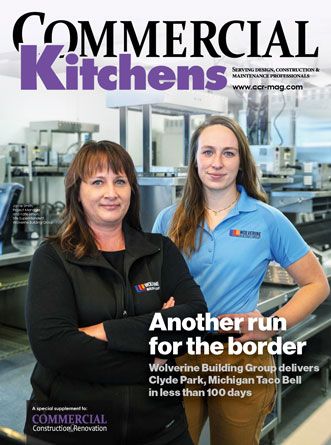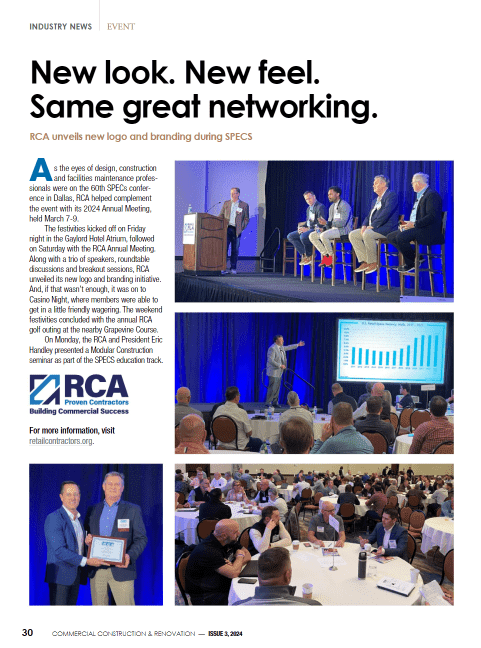
Moving heavy equipment can be a challenging task for many. With a number of factors to consider, proper planning is required to ensure the machinery is delivered in one piece. The slightest mistake during storage or transit can damage or even cause a mechanical fault, among other issues. Outlined below are a few tips and ideas on transporting heavy equipment.
1. Avoid Wide-Load Designations
Some municipalities and states consider most types of heavy equipment, such as wheel loaders, crawl dozers, scrapers, agricultural logistics and motor graders, as wide loads. This means you may have to obtain extra permits and even pay more to the hauling company. However, planning the move wisely can help you avoid most of these permits and additional charges. Here’s how:
Height:
If looking to transport equipment with a tall or large bucket or boom, retracting it all the way, or removing it entirely, can help avoid the wide-load designation. While this may mean sending two shipments separately, it could save you the headache and some money.
Weight:
Transporting anything over 40,000 pounds in weight can be a little overwhelming for some haulers. As mentioned above, detaching attachments and removing accessories from the equipment to haul separately can help keep the costs down and reduce the weight to just under the set wide-load designation.
Width:
Although there might be very little to nothing you can do with equipment with wide tracks or body, you might be in luck if they use tires instead. Simply removing the tires can help make the load narrower and lighter.
Length:
Although most construction equipment are within the legal 53 feet allowed by most states, some of them are simply too long. Removing attachments and easy-to-remove components may help keep the load within the designated length if your equipment cannot fit in the traditional tractor-trailer.
If none of the tips outlined above are applicable for your type of load, it would be advisable to budget extra to cover hauling and additional permits. This also means planning for lights and signs, safety banners, and escort vehicle(s) if required. Your preferred hauling company should be able to help at this point.
2. Prepare The Equipment For Transport
While the hauling company’s job is to ensure the equipment is strapped down securely, it is your responsibility to prepare the equipment for shipping. Consult the equipment manual to see how it should be prepared for transport. This is particularly necessary to reduce the risk of damaging the equipment during the move. The owner’s manual also provides detailed instructions on how to immobilize the excavator arm, for example, and other moving parts safely.
Prepping the equipment before the pickup also ensures it is in the best condition possible for the move and ready to assemble and use on arrival at the destination. Aside from the accessories, you want to ensure the cab is clean with no moving items inside. Anything that could damage buttons, levers, and knobs should be removed and kept elsewhere. Be sure to clean the interior and storage spaces as well. Consider wrapping delicate interior components with bubble wrap for added protection.
You can also prep the equipment by:
Covering the exhaust stack:
This will help protect the exhaust system from debris, dust, and road grit when transporting the machine on an open-air flatbed.
Disconnecting the battery:
This will reduce the risk of draining the batteries during transit and disable onboard alarm systems. Make sure the batteries arrive on-site at the same time as the equipment.
Clean and take photos of the machine:
Take the opportunity to clean the equipment thoroughly. Doing so will make finding tie-down points and handholds easier. It would help if you also took pictures of the already cleaned equipment to be able to identify damage that might occur during the haul.
In addition to taking high-quality photos, it would be advisable to take a walk-around video as well. You can use this to identify possible damage when the equipment is delivered.
3. Workout the Pickup Logistics
Who will be loading the equipment onto the trailer? If it’s the transportation company, you need to ensure enough room to load the equipment on your job site. You also need to have all the permits ready before D-day. However, this might not be necessary if the logistics provider will be handling everything. Schedule the pickup time with the logistics company with everything ready to avoid possible late fees.
4. Pick A Transportation Company You Can Trust
Here are some of the things to consider when hiring a logistics provider:
Expertise: Experience in moving heavy equipment is a must-have for the logistics service provider. While a newer company may offer to haul the equipment at a discount, they may not have the necessary experience needed to handle and move the equipment safely and efficiently.
Referrals: Ask other industry professionals for referrals to a credible and experienced logistics service provider.
Reputation: Although there may be dozens of potential movers capable of handling the job, you need to be sure they can deliver on the promise. Experience in this field and the ability to offer quality services is what you should be after. Look for a provider with a proven track record, positive reviews, and is trusted by many. The last thing you want is for your equipment to be delivered late or damaged.
Licensing and insurance: The logistics provider should be licensed and have proper insurance for items being moved. Consider partners with both state and federal licensing, to be safe.







 The 2024 virtual Men’s Round Table will be held Q4, 2024, date TBD.
The 2024 virtual Men’s Round Table will be held Q4, 2024, date TBD.











